The clinical signs of Feline Idiopathic Cystitis include dysuria (difficulty or pain during urination), pollakiuria...
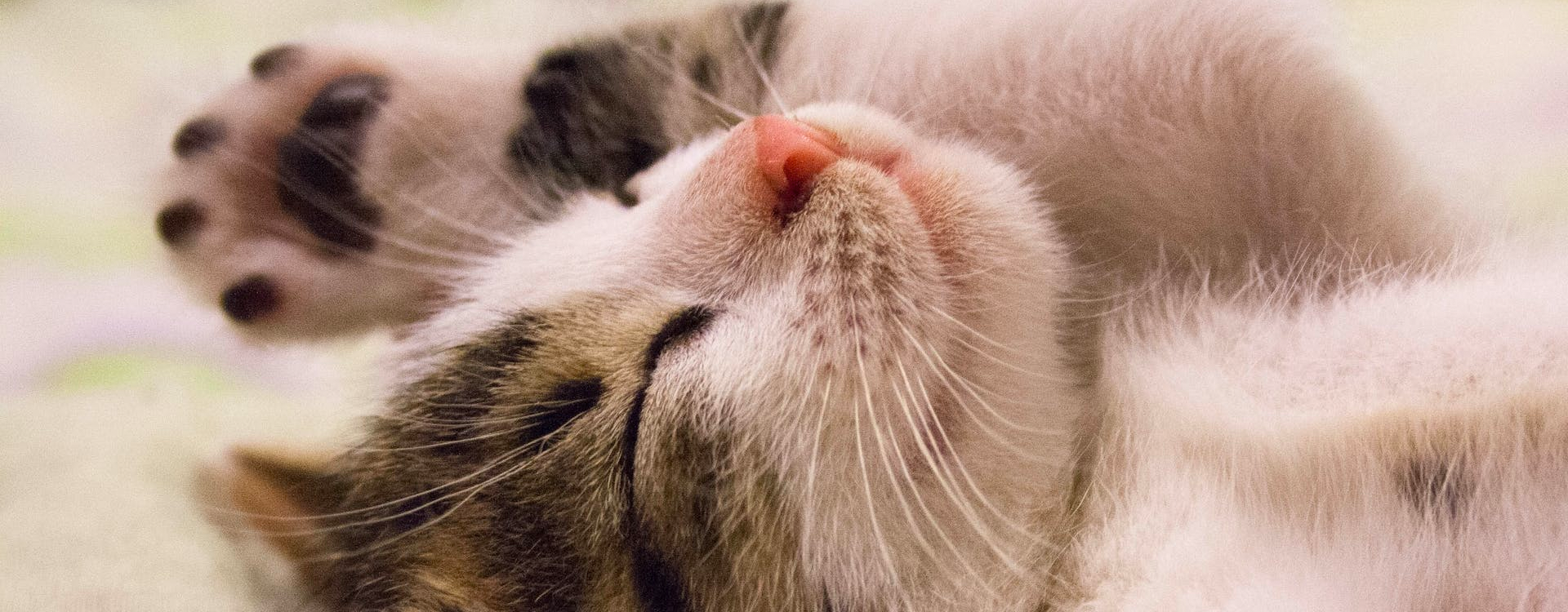
Pillars for a healthy cat environment.
All animals have a series of needs for their well-being and when we live with them it is a priority to know, respect and maintain these needs in order to achieve an optimal and positive emotional, social and physical state.
What is a healthy cat environment?
Cats are no exception. They are also very attached to territory and control, so anything that changes - even the slightest - is very upsetting for them. To make matters worse, we have them living with us, sometimes in places where they have no access to the outside and even sharing the territory with other cats without them having decided to do so. In addition, we take them to other places, such as the vet's clinic, kennels, relatives' houses, etc. All of this can be very stressful and can reduce their wellbeing to the point that they are very affected and develop behavioural and health problems. Well, in order to consider what things we can do wherever they are in order to make them feel better, we have a guide developed by several authors for the American Association of Feline Practitioners (AAFP) and the International Society of Feline Medicine (ISFM)1, which provides us with keys or guidelines classified into 5 pillars for a healthy feline environment. We summarise them here, but given their importance, we urge you to read the entire guide for much more information and knowledge in this regard.
-
Pillar 1 is about providing a safe place for cats. This is a place where your cat can sense and feel that nothing can disturb or threaten him. A place where he can go to hide if he needs to. It can also be a high space. If you can provide him with several of these places throughout the territory, even better. Boxes are your greatest allies, but any piece of furniture will do: a shelf, a drawer, a cupboard, a basket, a space in the sofa, etc.
-
Pillar number 2 stresses the importance of providing key resources (water, food, sandboxes, scratching posts, play areas and resting areas) in separate areas, both horizontally and vertically, and multiplied in number. This expands their territory and the possibilities for them to go to different places at different times, while maintaining control.
-
Pillar 3 deals with hunting behaviour. You should provide your cats with various possibilities for play and hunting behaviour and thus for physical and mental exercise. This takes the form of play and food. Your cat must have toys with which he can participate in this behaviour, both manual and automatic, and you must be involved in playing with him... but never with your hands or feet! As for feeding, you can place food in feeders and devices that make him have to get it by his own means, searching, chasing and manipulating.
-
Pillar number 4 is reserved for interactions between your cat and you or other members of your family. These should be positive and, most importantly, predictable for him. Cats do not, or at least not all, benefit from constant petting and physical contact. But they do need social contact, albeit in their own way, i.e. controlling how much and when. It is always better if it is brief and positive, rather than long and irritating, and signalled. Warn your cat with a word or sound when you are going to interact with him and let him take control of the situation, without forcing, grabbing or holding him. He will let you know what he prefers and how he prefers it.
-
Last but not least, pillar number 5 reveals the importance of the cat's sense of smell in relation to assessing his environment. Thus, you need to avoid the introduction of strange, intense or irritating smells (new or unfamiliar items, other animals, cleaning products) and facilitate the existence of smells that make them feel good and calm, such as house smells and pheromones (feline facial pheromone with which they mark household objects and which can be sprayed on objects with strange smells). You should also allow them to carry out their scent marking, both with their face and body, rubbing themselves against different objects, and with their nails, providing them with objects to do so.
Remember to respect these needs wherever your cat may be, even for a short time. References 1. Ellis, S. L., Rodan, I., Carney, H. C., Heath, S., Rochlitz, I., Shearburn, L. D., ... & Westropp, J. L. (2013). AAFP and ISFM feline environmental needs guidelines. Journal of feline medicine and surgery, 15(3), 219-230.


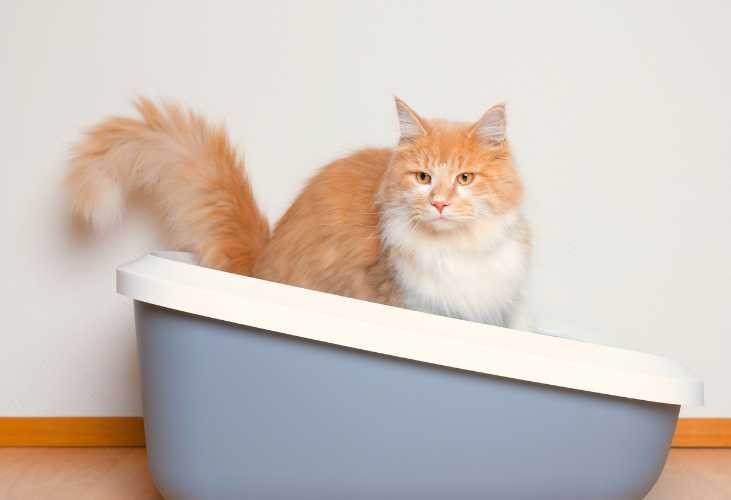

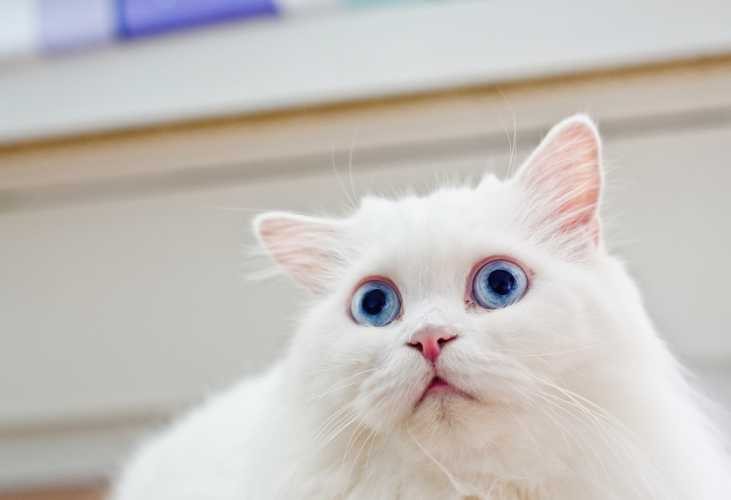


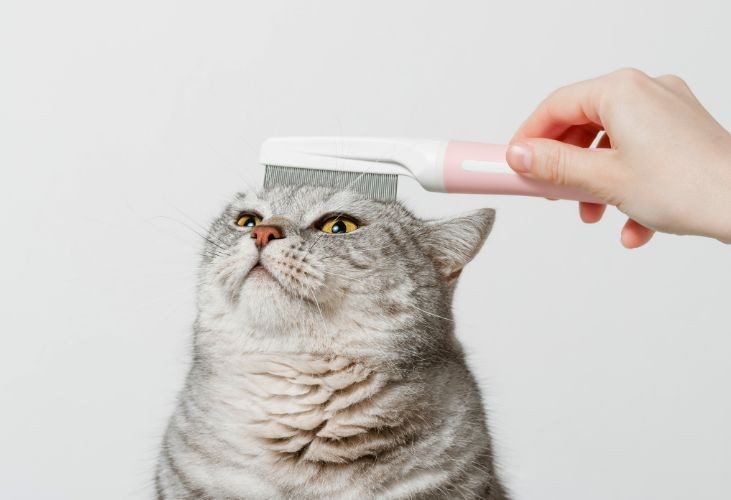
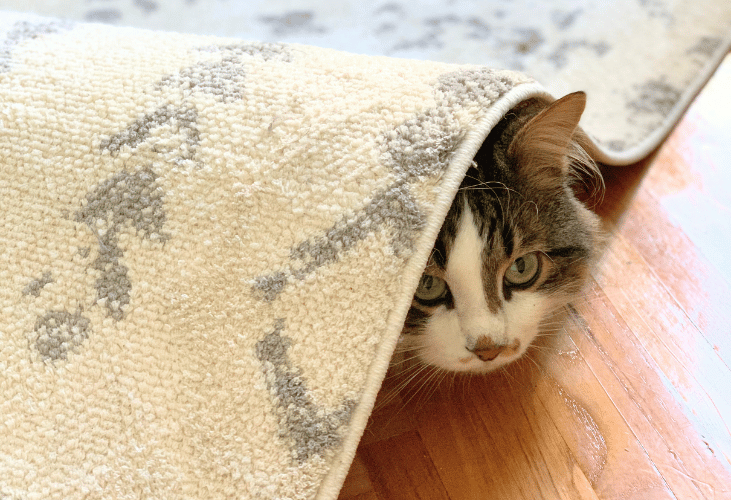
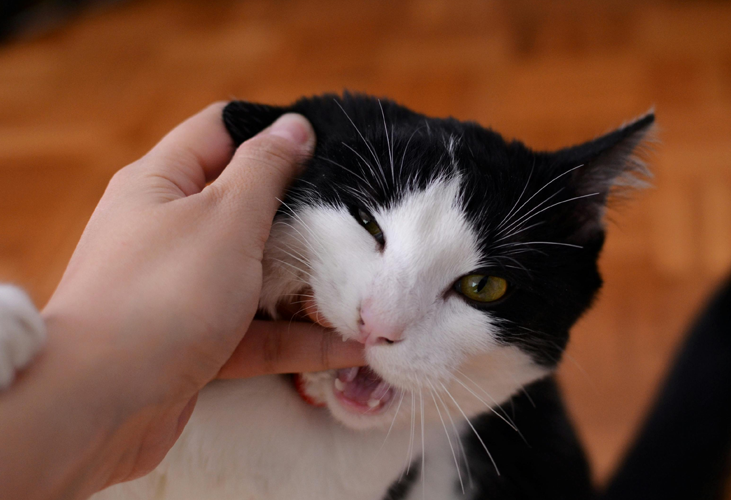
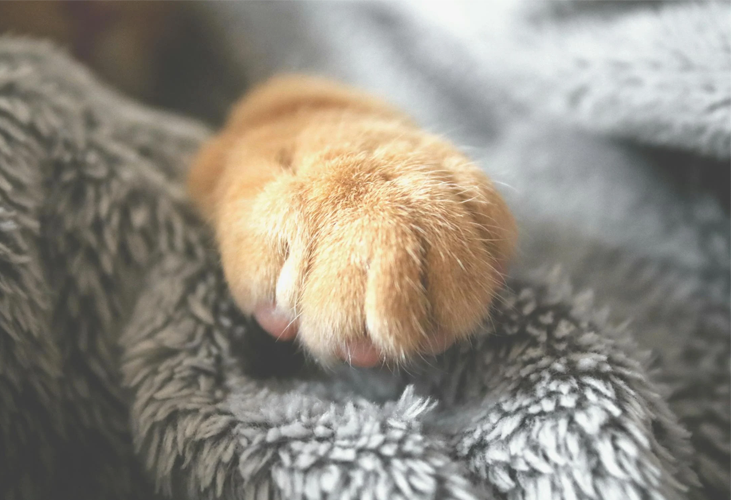

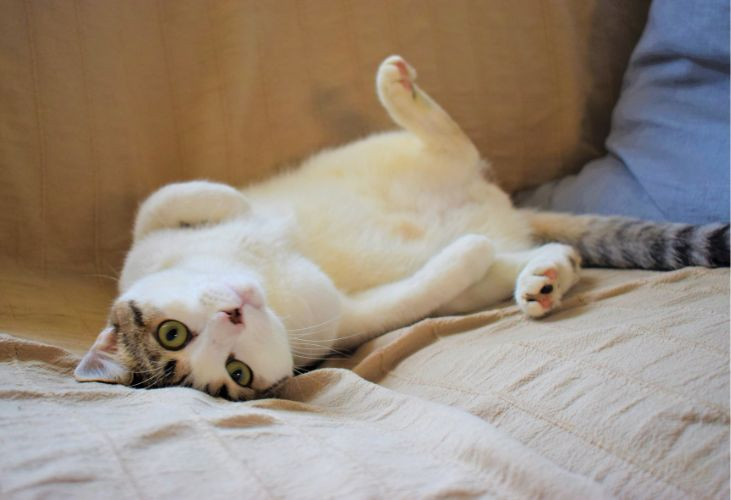
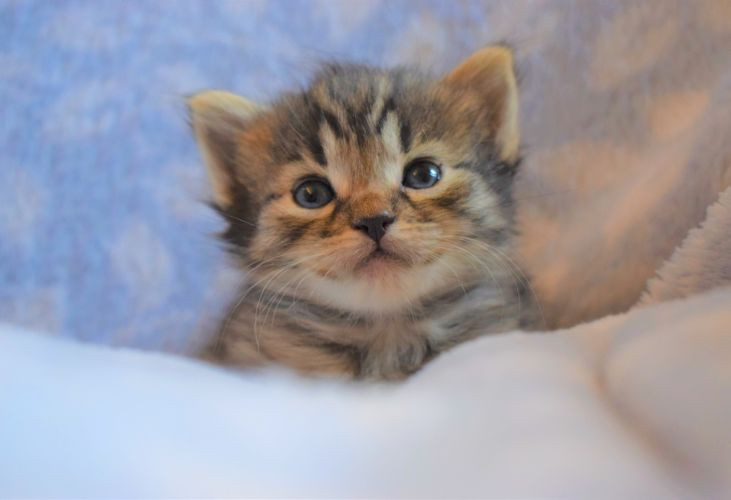

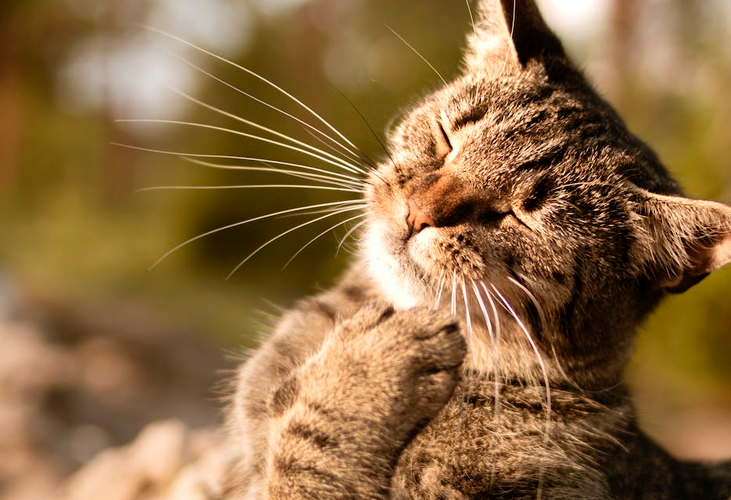

Leave a comment